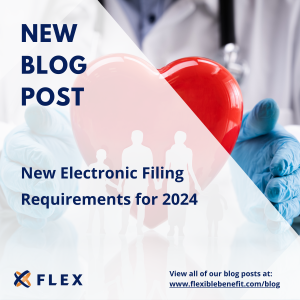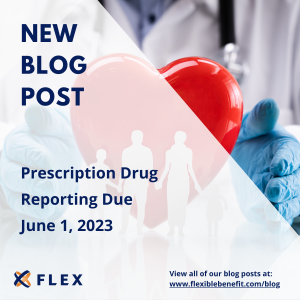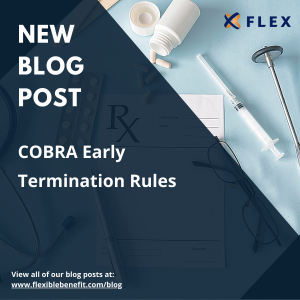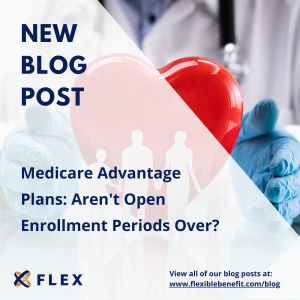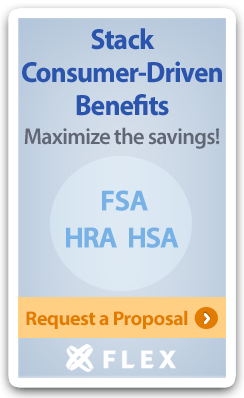Benefits Buzz
On February 21, 2023, the Internal Revenue Service (IRS) published a final rule which changes the electronic filing requirements for Forms 1094-B, 1095-B, 1094-C, and 1095-C.
The No Surprises Act (NSA), enacted as part of the Consolidated Appropriations Act of 2021, requires group health plans and health insurers to report information on prescription drug and health care spending to the Department of Health and Human Services (HHS), Department of Labor (DOL), and the Department of Treasury (DOT). The reporting process is referred to as the Prescription Drug Data Collection, or RxDC for short.
The Consolidated Omnibus Budget Reconciliation Act of 1985 (COBRA) requires employers with 20 or more employees to offer continuation coverage under a group health plan for periods of 18, 29 or 36 months depending on the qualifying event. Qualifying events generally include a loss of coverage due to 1) termination of employment, 2) a reduction in hours, 3) an employee’s entitlement to Medicare, 4) death of the employee, 5) divorce or legal separation from the employee, and 6) a dependent child reaching the maximum age limit to be covered under the plan.
Did you know that there are specific rules in place to electronically furnish plan documents and written notices that are required to be distributed by the Employee Retirement Income Security Act of 1974 (ERISA)? This includes electronic distribution of documents and notices by email or by posting to an internal company website. The general requirements are as follows:
It’s official. The Biden Administration announced the COVID-19 national emergency and public health emergency will end on May 11, 2023.
You may be familiar with Medicare’s annual enrollment period (AEP) which occurs each fall. From October 15th until December 7th of each year, Medicare beneficiaries can enroll in a Medicare Advantage or Part D plan of their choice. This includes enrolling in a plan for the first time or changing to a new plan.
